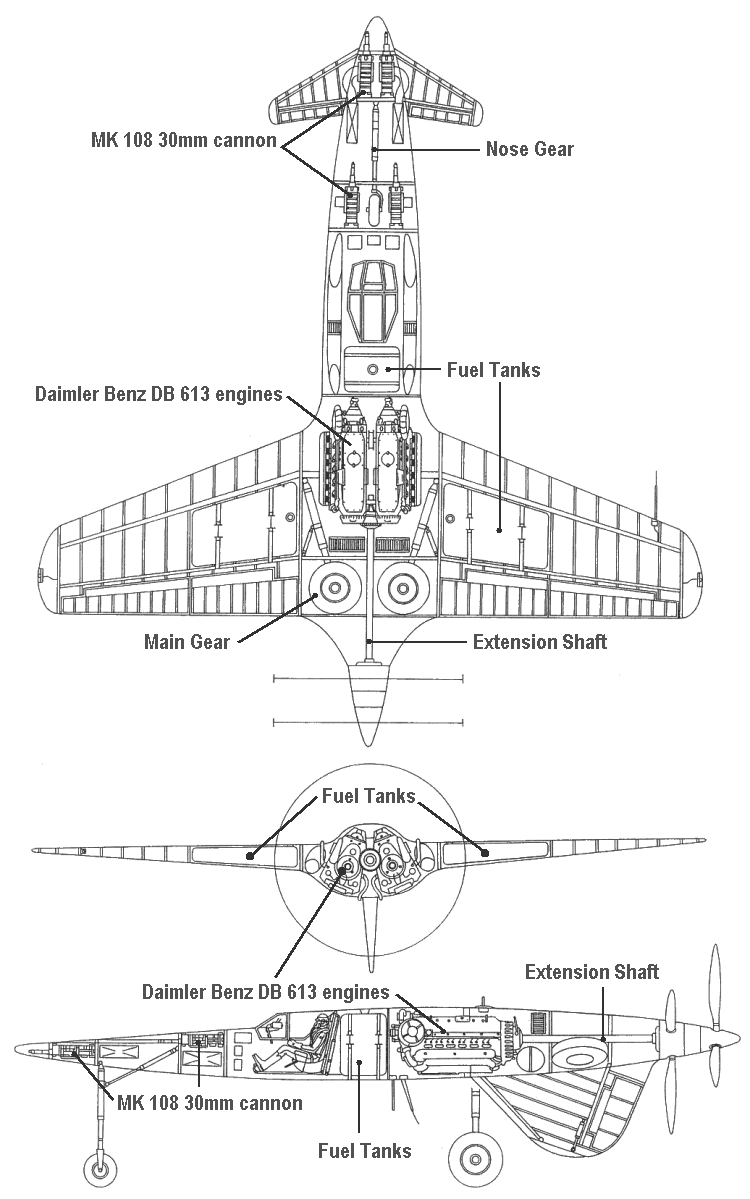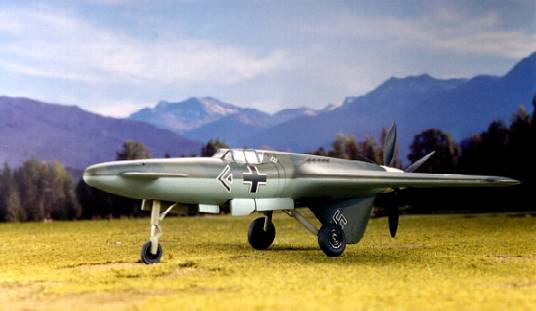
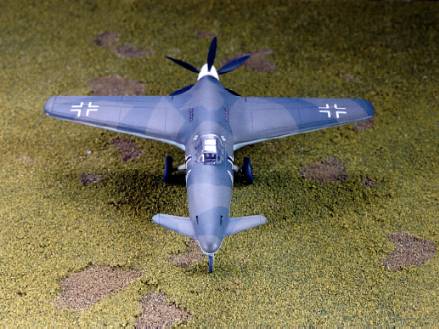
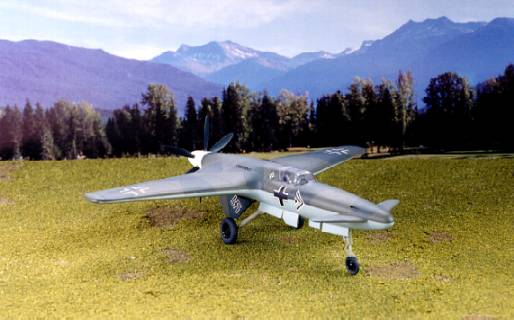
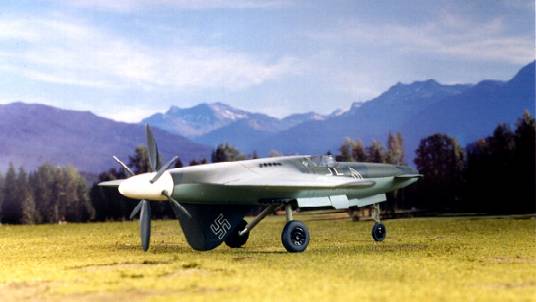
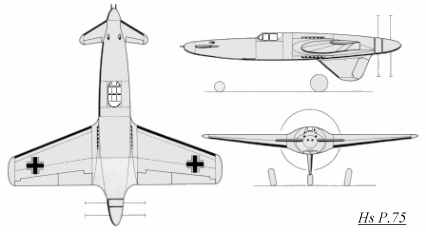 This 1941 aircraft design was to be a possible
successor to the Messerschmitt Bf 110 heavy fighter. Although of a unusual
configuration for that time, there were advantages (and disadvantages) to
its rear wing/forward canard construction.
This 1941 aircraft design was to be a possible
successor to the Messerschmitt Bf 110 heavy fighter. Although of a unusual
configuration for that time, there were advantages (and disadvantages) to
its rear wing/forward canard construction.| Span | Length | Height |
Wing Area |
Max Weight | Wing Loading |
Ceiling | Max. Speed |
| 11.3 m 37' 1" |
12.2 m 40' 0" |
4.3 m 14' 1' |
28.4 m² 305.7 ft² |
7500 kg 16535 lbs |
264 kg/m² 54 lbs/ft² |
12000 m 39370' |
790 km/h 491 mph |
| Manufacturer | Scale | Material | Notes |
| CzechMaster (CMK) #305 | 1/72 | resin | Hollow fuselage halves, out of production |
| Alliance #72012 | 1/72 | resin & decals | Re-release of CMK kit, has instructions and decals |

|

|

|

|
|
Kyushu J7W1 Shinden |
Curtiss XP-55 Ascender |
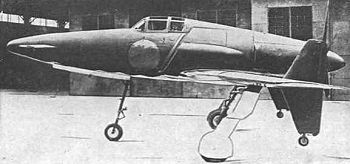
|
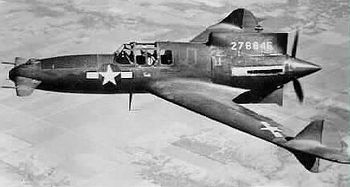
|
